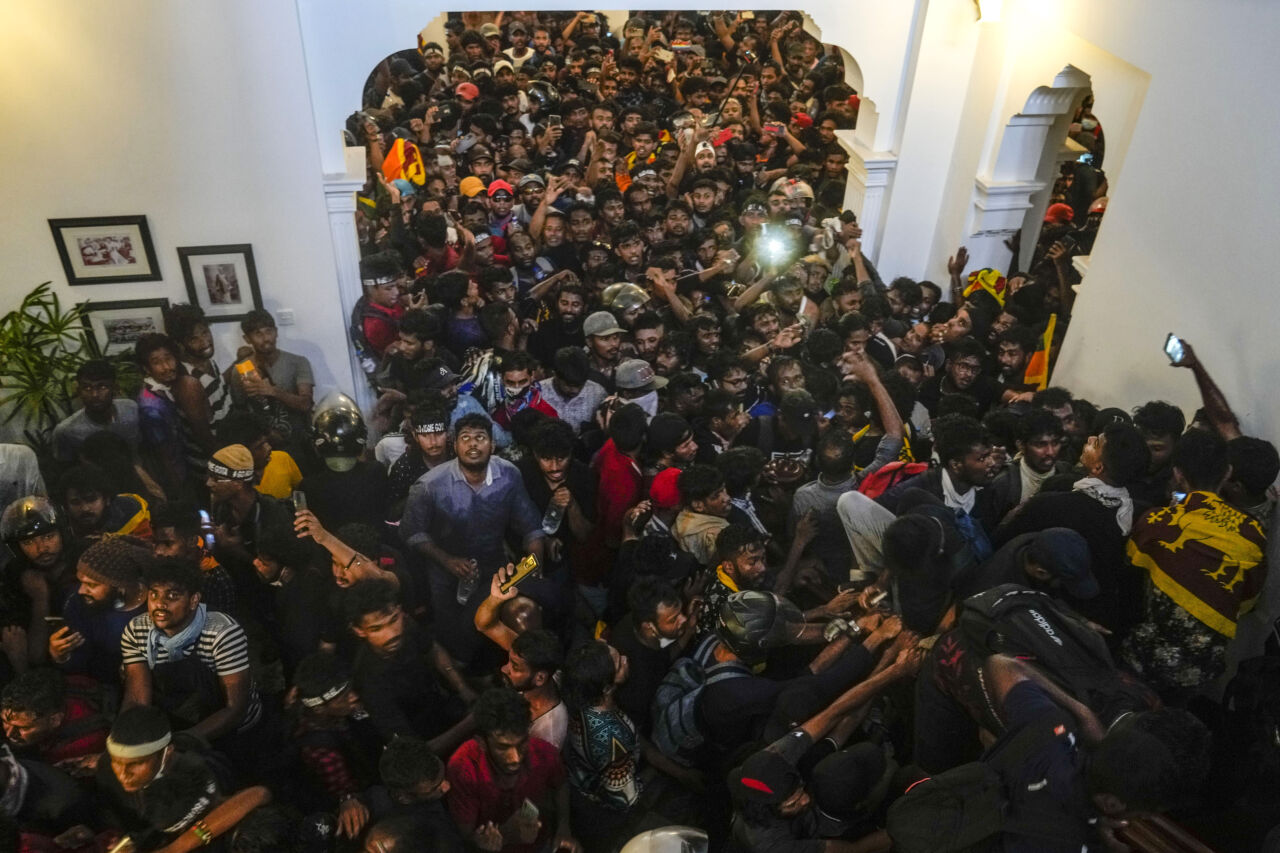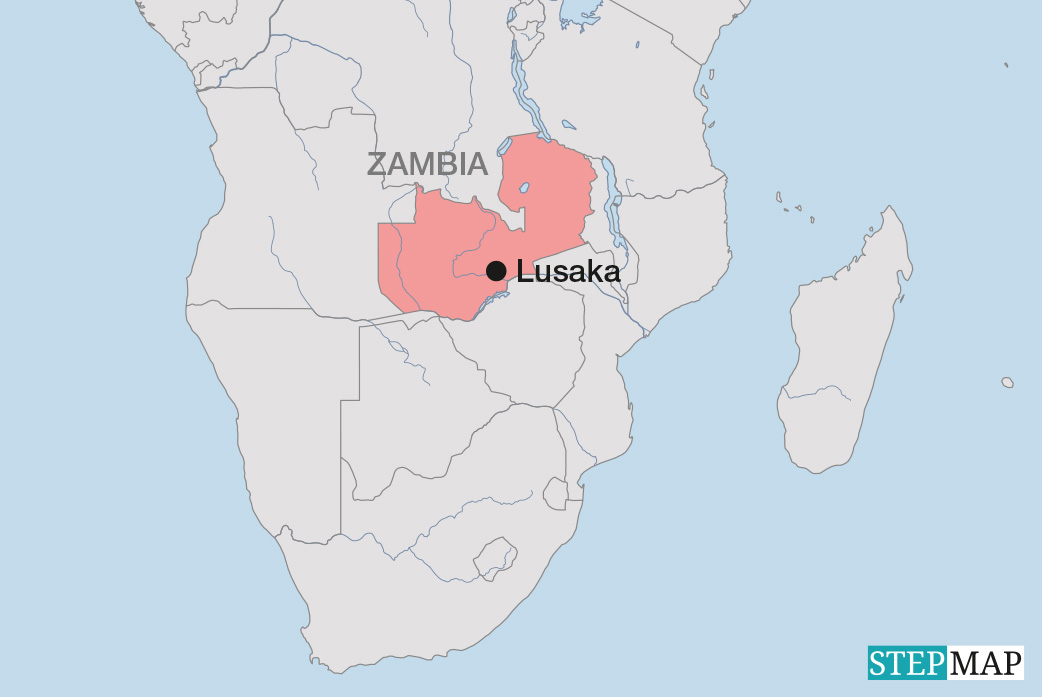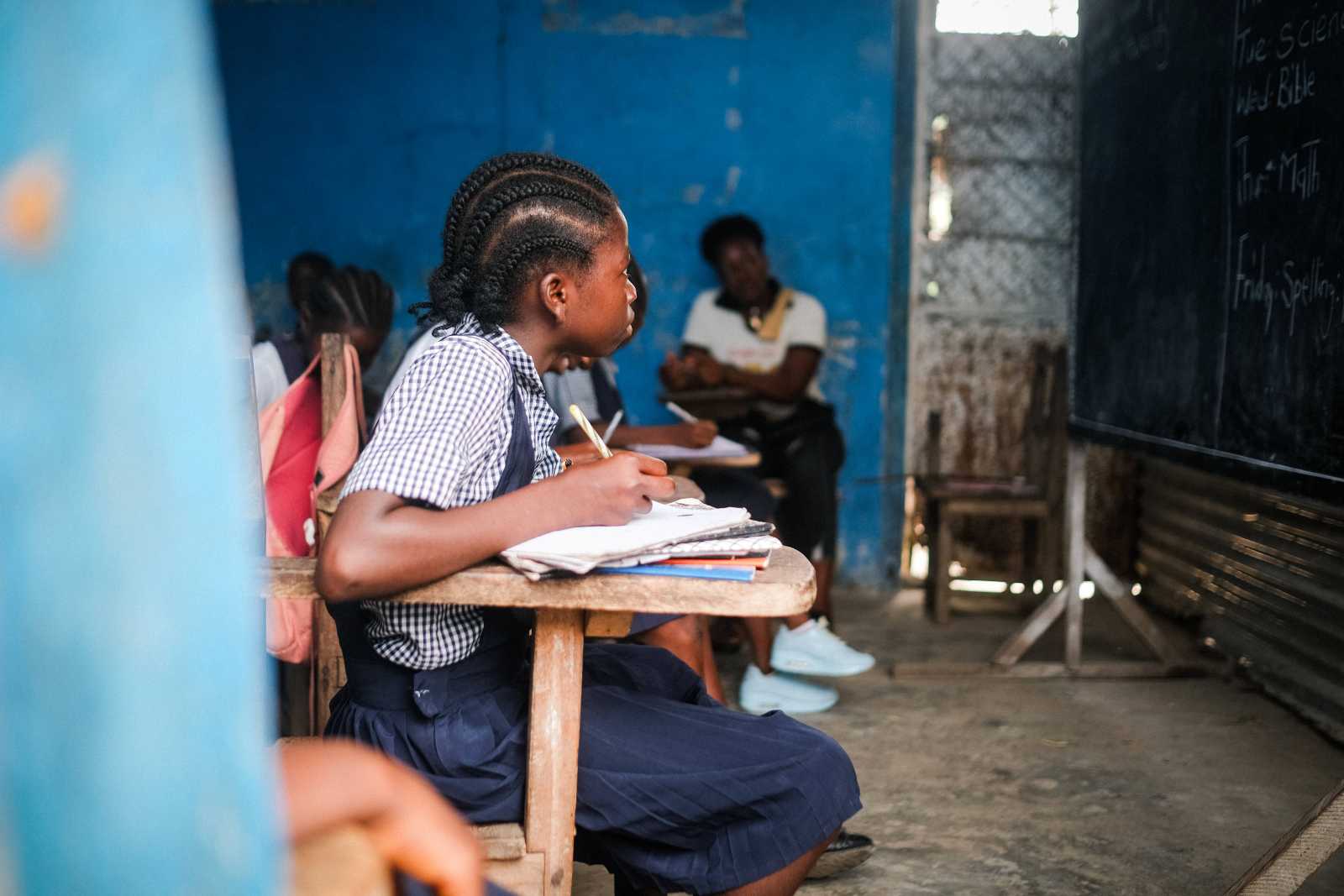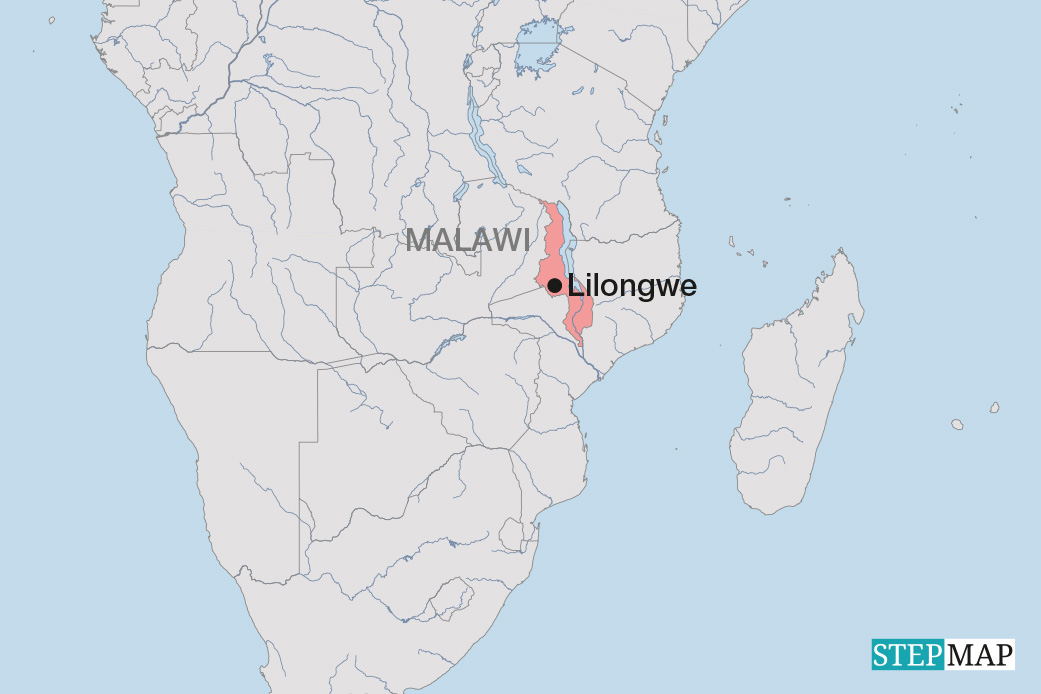Sri Lanka
Rebounding tourism set to support Sri Lanka’s economic recovery
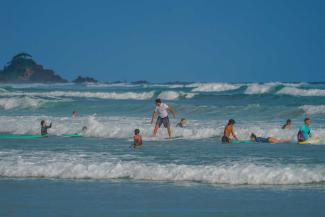
Sri Lanka has long been one of Asia’s most popular tourist destinations. However, the sector was hit by several massive problems in recent years, including not only the Covid-19 pandemic, but also terror attacks, a severe financial crisis and a political meltdown. Masses of people were plunged into poverty. According to experts, the economy has begun to get better again, and tourism can be an important part of the upswing. Vipula Wanigasekera, a former director-general of the Sri Lanka Tourism Authority (SLTA), predicts: “This winter is going to be a major success.”
For the picturesque Indian Ocean Island, tourism is the third largest foreign-exchange earner and an important source of direct and indirect employment. Tourism revenues had peaked in 2018, when 2.5 million visitors left the equivalent of more than $ 5.6 billion in Sri Lanka. The livelihoods of more than 3 million people depend on tourism. The industry directly employs nearly 490,000 persons, according to the national central bank.
The Hotels Association of Sri Lanka (THASL) points out that, in contrast to the revenues of export industries like tea and apparel, the money generated by tourism businesses largely stays in the country. This sector is therefore seen as a particularly important engine for driving the economic recovery after the deep slump.
More tourist arrivals, but still fewer than before the crisis
Last year, the number of arrivals rose back to 1.5 million, according to the Sri Lanka Tourism Development Authority (SLTDA). That was more than twice as many as recorded in 2022, but still 1 million fewer than in 2018.
Early data for this year suggest that Sri Lanka is on track to once again surpass the Maldives as a tourist destination. In terms of visitors, it had lagged behind that Indian Ocean archipelago in the past four years. Some observers say that a diplomatic row between India and the Maldives made more Indian travellers opt for Sri Lankan destinations.
For some time now, Indians have been making up the largest segment of tourists in Sri Lanka. Many of them, industry watchers say, are coming to the island for business purposes or family events. However, the trend seems to be changing, with more well-heeled Indians enjoying vacations in Sri Lanka. Big Indian private-sector corporates, moreover, often book resort hotels for their annual retreats.
Russians have been the second largest group of tourists in recent years. According to government statistics, their number was actually larger than that of Indians in the first months of 2024.
How to attract high-spending visitors
Tourism veterans want Sri Lanka to refocus on high-spending tourists. The main target group should not be people who go “shopping in our supermarkets”, says Wanigasekera, the former SLTA chief. In his eyes, Sri Lanka should do more to market its destinations to visitors from Germany, France, Spain and the United Kingdom, for example, since “mass market” tourism from India, Russia and China is less rewarding.
Indeed, new luxury hotels are being built. They will offer high-end services and exclusive amenities. One of the investors is Angeline Ondaatje, a veteran hotelier. She has a keen interest in European guests. In her experience, many of them, and especially Germans, are interested in Buddhist spirituality and Ayurvedic medicine. In her eyes, this may be the lasting impact of Hermann Hesse, the novelist and Nobel laureate of 1946, who found South-Asian spirituality fascinating. What is clear, however, is that tourists who receive traditional medical treatment or take meditation classes tend to stay longer than others.
Ondaatje would like to see better promotion of Sri Lanka among travellers overseas, and especially in Europe. “The Tourist Board has not rolled out a concerted campaign in decades,” she complains.
There are many attractions that such a campaign could highlight. One is Arugam Bay in the north-east, which is considered to be a surfer’s paradise because of its high waves. Wildlife sanctuaries have a great diversity of unique species, and they could serve as stronger traveller magnets too. While individual hotels emphasise ecotourism, the sector as such is generally more focused on growth. Given the desperate need that has marked people’s lives in recent years, many Sri Lankans can be forgiven for prioritising short-term welfare and thinking that long-term sustainability can wait for better times.
Meanwhile, the government has begun offering beachfronts and islets for development to the tourism sector. However, it is prohibited to sell land to foreigners. That may complicate the development of new properties for tourism, which is now considered to be a very urgent issue.
Arjuna Ranawana is a Sri Lankan journalist.
arjuna.ranawana@outlook.com
